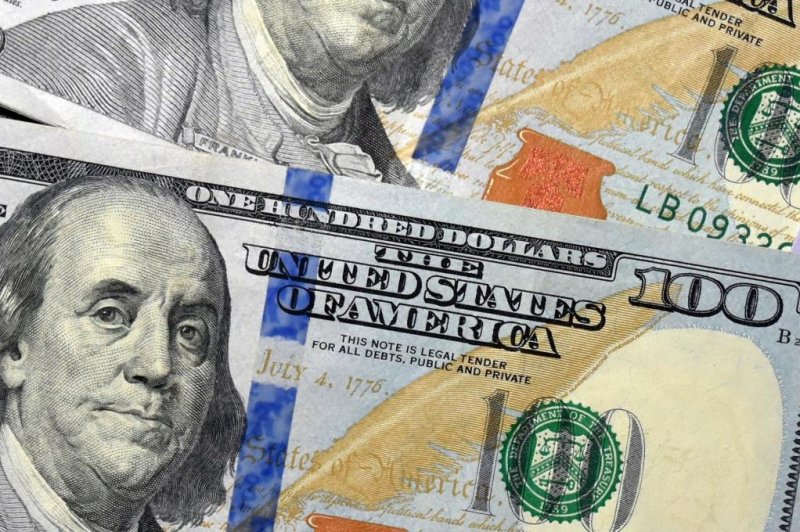Total outstanding student debt was nearly $1.5 trillion in the second quarter. File Photo by Tom King Sr./Pixabay/UPI
Aug. 21 (UPI) -- The total amount of household debt in the United States has grown for the 20th consecutive quarter and student loans have become the most prevalent type of "severely derogatory" debt, new statistics show.
The Federal Reserve Bank of New York said in its quarterly report household debt climbed by nearly $200 billion in the second quarter, to nearly $14 trillion.
Not only has rising student debt become the most defaulted, the New York Fed classified the spike over the last few years as "stunning."
"The outstanding severely derogatory balance is comprised of 35 percent defaulted student loans, which have grown stunningly since 2012," the report states.
The New York Fed defines "severely derogatory" as any kind of delinquent loan -- along with repossession, foreclosure or charge off -- meaning the lender has removed a debt from its books.
The report also found that student loan delinquency rates increased by 10 percent for the period between April and July, transitioning at high levels to relative types of debt.
Ashley Harrington, senior policy counsel at the Center for Responsible Lending, says one reason for the high rate of derogatory student debt is that 90 percent of outstanding loans are federal loans, which take longer to default.
"For federal loans, you are not defaulting until 270 days delinquent, and even then it takes a bit longer to show up on your credit report," she said. "Whereas we know very soon when someone is struggling with payments on their credit cards or their cars, or their houses, it takes much longer for us to really register the extent of the issue with student debt."
Total outstanding student debt for the quarter is just under $1.5 trillion, a slight decline from the first quarter -- but the report said the number of households unable to repay them has increased significantly. Student loan debt is the second-highest household debt, behind only mortgage debt.
Harrington also said that the Pell Grant has failed to keep up with the cost of modern colleges and the federal government has failed to properly regulate for-profit colleges, which offer very specific degrees for high tuition costs.
"If you have a lot of student debt and a worthless degree, then the chances you are able to pay back that loan are very low," she said.
Harrington said the Center for Responsible Lending advocates abolishing defaults on loan at the federal level and establishing some level of across the board loan forgiveness for student loans.
"Even a $10,000 across the board loan forgiveness program would significantly help many borrowers, because most of the borrowers are in default for amounts that are less than $10,000," she said.
Rising student debt is already a significant topic among Democratic presidential candidates -- as many have pitched plans for total loan forgiveness and free college tuition. Such programs would clearly have a substantial impact on the student debt landscape, but probably not for a number of years.
Presidential candidates Bernie Sanders and Elizabeth Warren have promised both, and John Delaney has proposed free tuition in exchange for a year of "national service."
The report by the New York Fed also listed auto and credit card loans as becoming more delinquent among household debts.















